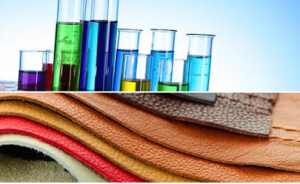|
The leather Industry is an high water and chemical consumption Industry. The chemicals normally used in the leather manufacturing are based on petrochemical chemistry, due to the easy fossil raw materials availability and to their chemical stability. Almost 31% of the volume of the Chemicals used by the European leather Industry are Hazardous Substances: 62% of those are used in Italy. THE SOLUTION Identify a new class of Non Hazardous and Environmental Friendly Products in order to reduce water consumption and effluents pollutants. Use renewable substances to produce alternative and ecological chemicals. |
PROJECT LIFE BIOPOL is a project co-financed by European Union as part of the LIFE 2014-2020 program. LIFE BIOPOL purpose is to develop safe and eco-friendly leather auxiliaries based on Biopolymers. The main target is to re-use hydrolyzed animal and vegetable by-products modifying these secondary resources into raw material for the production of biopolymers with very high tanning, re-tanning and fat liquoring characteristics, as alternative products to the current chemicals based on the fossil chemistry.
|
OBJECTIVES
EXPECTED RESULTS Produce Biopolymers in order to reduce:
Other important results will be expected as:
|





